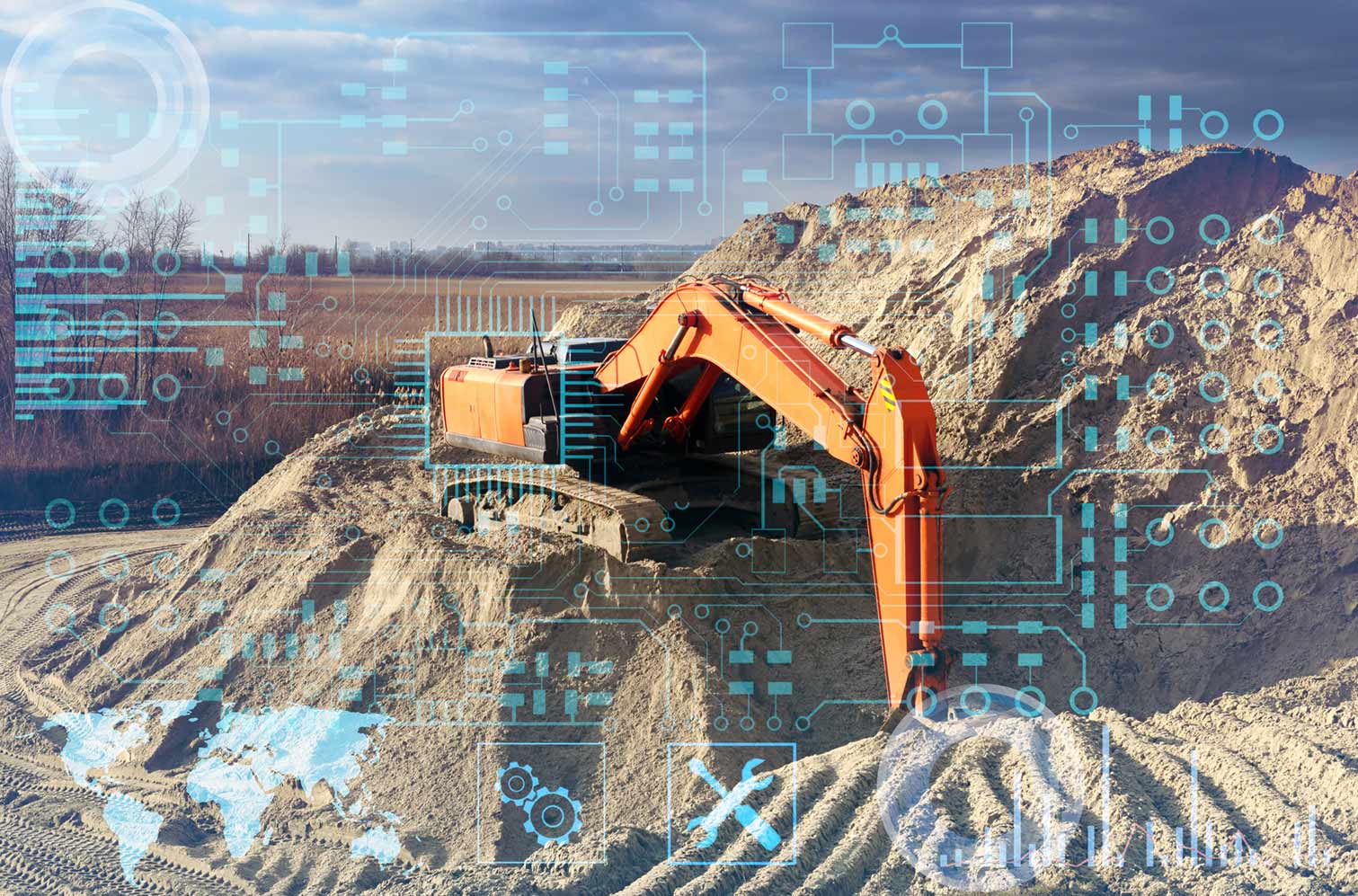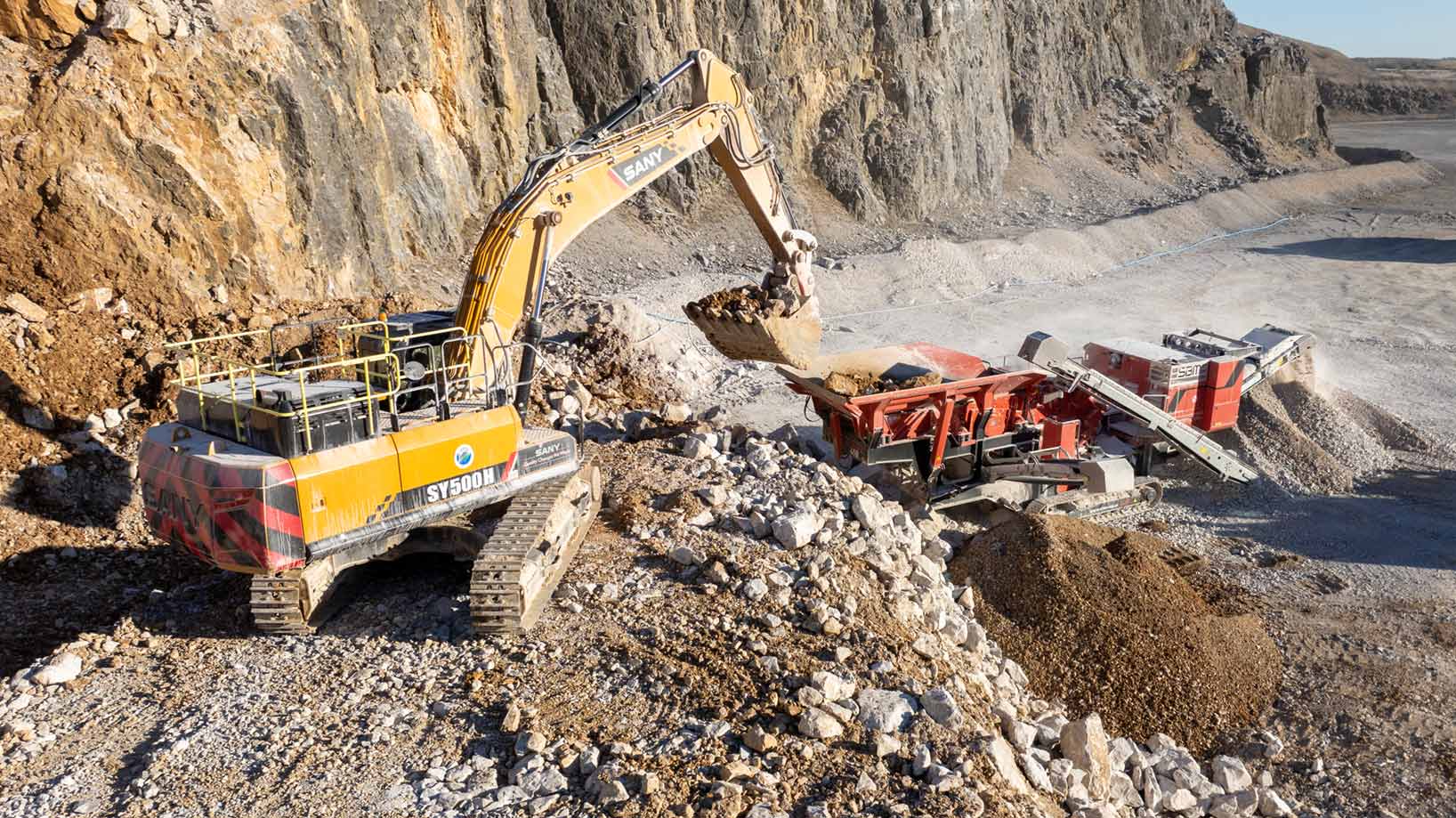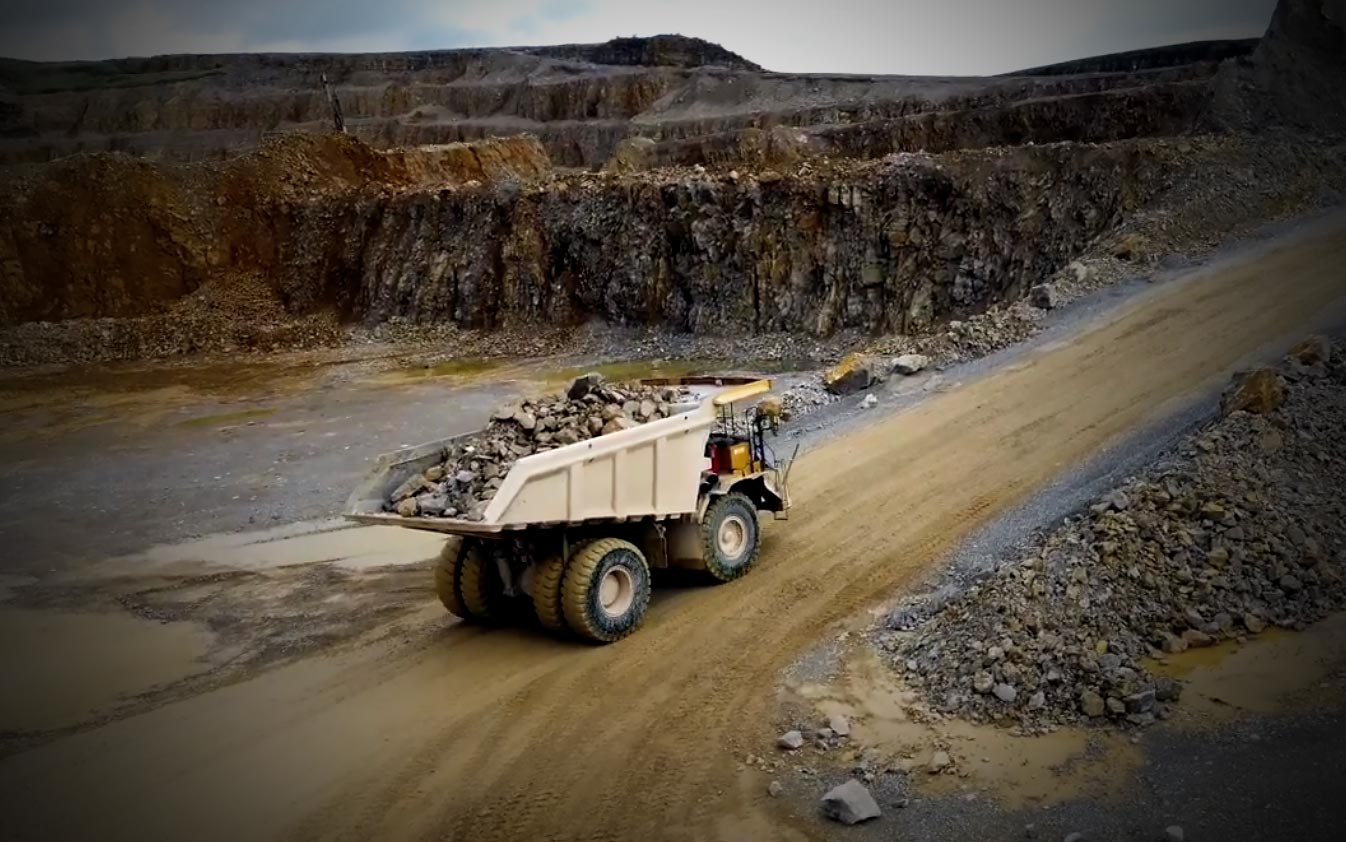Join us at AGG1, St Louis, MO - America's Center Convention Complex: 25-27 March
Electrification, technological development, and tackling climate change are all top priorities for the aggregates industry. What are the main obstacles toward a more sustainable industry, and what actions must be taken to reach the climate goals going forward? Although the numbers are looking bleak, there’s a great deal of optimism among industry players and experts within sustainable technology.
Climate change and tech development are high on the agenda for today’s aggregates businesses. This was evident during the 2023 edition of the yearly industry event organized by SBMI (the Swedish Aggregates Producers’ Association). And the challenges are considerable, not least when it comes to reaching the climate goals of the Paris Agreement.
As in all areas of society, the equation is difficult to solve: how can we maintain the standard we’ve become used to while taking the actions needed to tackle climate change? According to two of the speakers at SBMI’s event, Anneli Alersjö and Lydia Rydin from Ecogain, the current situation not only requires us to slow down the pace of climate change. We also need to rebuild and compensate for the impact we’ve already caused. Net zero is simply not enough – we have to reach net plus.
3 current challenges in the aggregates industry
1. Electrification is slowed down by limitations in grid capacity
The Swedish aggregates industry needs to be fully electrified by 2030. However, companies are already experiencing shutdowns or being refused to connect in the first place due to a lack of capacity in the electricity grid. A quick survey among participants at SBMI’s event confirmed the issue.
2. Material recycling: circular construction is still a long way away
Shifting to circular construction is another key factor in reaching climate goals. According to Valon Hasanaj from Sweco, another speaker at the SBMI event, the industry still has a long way to go. Only 7% of the materials produced for constructing new roads and railways in Europe are recycled or reused. In Sweden, that figure is a meager 1%.
3. Lack of frontline reporting
To reach industry goals of energy efficiency and reduced CO2 emissions, companies need to measure and follow up on suitable parameters using accurate data. Otherwise, initiatives may look good on paper but have no tangible impact. Effective reporting is critical to success, but the reporting tools are often less accessible to field workers than office staff. This gap needs to be closed. Because no matter how good your system is: without up-to-date and relevant data from connected equipment and on-site machine operators, you won’t get a full view of your actual operations.
Despite the challenges: almost 7 out of 10 believe industry climate goals are still within reach
During the SBMI event, a survey was conducted among attendees with the question: « Will the industry reach its climate goals according to plan? » The answers were distributed as follows:
Yes – 67%
No – 33%
In other words, the industry is predominantly optimistic, despite the apparent challenges ahead. A majority is convinced it’s still possible for the industry to meet the targets and that all commitments – large and small – matter. The important thing is to tackle the issues together and learn from the ones that have come further. One example could be implementing success factors from the mining industry in the construction industry.
Sustainability entrepreneur and climate activist predicts a (mainly) bright future
The Swedish sustainability entrepreneur and climate activist Rebecka Carlsson, who spoke at the SBMI event, stresses the importance of exponential climate action. It’s about halting climate change quickly enough: we need to stop increasing emissions exponentially and instead start reducing them exponentially. According to Carlsson, the next 100 years will see a technological development equivalent to 20,000 years. Estimates indicate that the world’s 500 largest companies will not exist ten years from now and that the ones replacing them have yet to be founded.
This presents us with the challenge of coming up with solutions for a future we cannot predict. At the same time, the massive development rate holds great opportunities. Once we find the right way – with the help of exponential technologies, as well as behavioral and system changes – this will quickly set off development in the right direction, according to Rebecka Carlsson.
—
Want to learn more about how digitalization can contribute to reducing CO2 emissions in heavy industries? Don’t miss this article on how to monitor fuel consumption and idle time with real-time data.
Want to know what CheckProof can do for you?
CheckProof's easy-to-use app makes it easier to do the right thing at the right time. Discover how you can run world-class maintenance that is both cost-effective and sustainable.

Maximize Efficiency with an OEE Monitoring System

Plant Asset Management Software:Maximizing Equipment Uptime

Machine Downtime Tracking: The key to smarter, more efficient operations

CMMS Software: What it is and why it’s key to First-Class Maintenance Operations

Revolutionizing Compliance: Banner Contracts on managing ISO audits with CheckProof

Implementation of Digital Systems: Rolling Out CheckProof Across Teams

From Fuel Savings to Production Gains: Cemex Germany’s Wins with CheckProof

A Recap of the CheckProof Industry Event & 10th Anniversary Celebration

Trend Report: Key moments in the Construction Materials industry (2014–2024)




